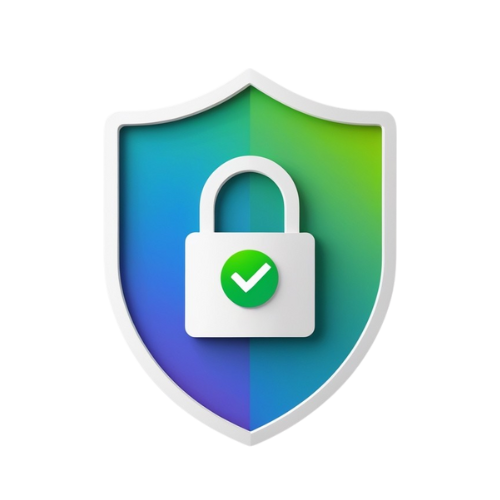Ah, the coffee shop. A warm drink, lo-fi beats, and free Wi-Fi. What could go wrong? Unfortunately, quite a bit—if you’re not careful. Here’s how to stay safe on public Wi-Fi without wrapping your laptop in tinfoil.
The Real World Wake-Up Call
You sit down with your vanilla oat milk latte, open your laptop, and log into the café’s Wi-Fi named “FreeNet123.” Thirty minutes later, your email has been hacked, your social media’s acting weird, and you’ve apparently posted an ad for cryptocurrency sneakers. Welcome to the risks of public Wi-Fi.
Why Public Wi-Fi Can Be Risky:
When you connect to public Wi-Fi, especially open networks without passwords, you’re basically sharing a digital sandbox with strangers. Hackers can use the same connection to intercept your data, spoof the network you’re on, or trick you into downloading malware.
Here’s What You Can Do to Stay Safe:
- Use a VPN (Virtual Private Network)
- Avoid Accessing Sensitive Accounts
- Stick to HTTPS Websites
- Turn Off Auto-Connect
- Use Your Mobile Hotspot When in Doubt
- Enable Firewall and Antivirus Protection
- Avoid File Sharing While on Public Wi-Fi
What About Fake Wi-Fi Networks?
Ever see something like “Starbucks_Guest_Free_123” and think, “Hey, that’s legit!”? Think again. Hackers often create lookalike networks to fool people. Always ask the barista or staff what the correct network name is.
Quick Public Wi-Fi Checklist:
- Are you using a VPN?
- Is the site HTTPS?
- Are you avoiding sensitive logins?
- Is your firewall on?
- Are you connected to the real Wi-Fi?
If you can check these boxes, you’re doing great.
Bottom Line:
Public Wi-Fi is super convenient, but also super risky if you don’t take basic precautions. With a few quick habits, you can sip your latte and scroll in peace.
Ready to Be a Coffee Shop Cyber Ninja?
Download a VPN. Practice these safety habits. And next time you use public Wi-Fi, you’ll be safer than most of the people around you.
Download Our Public Wi-Fi Safety Checklist